The Roots of Kabuki
- The Roots of Kabuki
- Kagura and The Kojiki
The Roots of Kabuki
Many well-known facets of Japanese culture are deeply connected to Shimane. One of these is kabuki. The popular traditional theatre, which is enjoyed now around the world, finds its roots in Izumo City, in the area around Izumo Taisha. One of the most plausible stories places the roots of kabuki in the Izumo region of Shimane.
In 1572, a young girl was born to a blacksmith in Matsue. This girl went on to become a miko (a young girl who serves at a shrine) at Izumo Taisha. Her name was Izumo-no-Okuni, and she became the originator of what we now know as kabuki.
As a miko at Izumo Taisha, she performed ritual dances for different ceremonies, and was quite talented. When Izumo Taisha needed funds for repair work that was to be conducted on the main hall during a sengu (see Izumo Taisha page), she traveled around the country acting and performing dances to help raise that money. Her performances were based on the ritual dances she had been doing as a miko at Izumo Taisha.
Izumo-no-Okuni’s performances were like nothing that had been seen before. She dressed in men’s clothes and played male characters. At the time, there was a word called kabuku, which meant to deviate from the common sensibilities, and people who did that were known as kabukimono. By dressing up like a man and going against the general image of a woman, Izumo-no-Okuni came to be regarded as a kabukimono as well. Her performance style was often called kabuki odori (odori means “dancing”), and it quickly became popular. Soon she formed her own theatre troupe, the Okuni Ichiza, to continue raising money for Izumo Taisha’s sengu. Her popularity spread, and prostitutes and courtesans even started to imitate her style, until in 1629 the Tokugawa Shogunate passed down an edict that forbade women from performing kabuki odori. The style itself survived, performed only by adult men, and its popularity continued, eventually becoming the kabuki that is known around the world today. It is interesting that the histories of kabuki and English theatre share this trait of being a man’s world at almost the same point in time.
What happened to Izumo-no-Okuni after women were forbidden from performing kabuki? In her later years, Izumo-no-Okuni is said to have returned to Izumo, where she became a Buddhist nun and lived in a small temple near Izumo Taisha. She lived out the rest of her days there writing poetry and reciting Buddhist sutras.
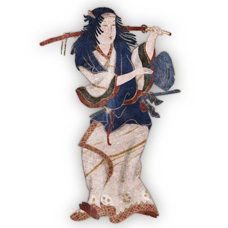
Izumo-no-Okuni, shown here performing one of her dances.
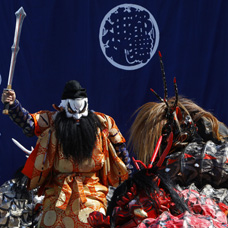
This kagura performance, based on the Yamata-no-Orchi myth, is one of the most popular performances of kagura to be seen in Shimane.
Visiting Locations connected to Kabuki
On the road from Izumo Taisha to Inasa-no-Hama beach, there are several places connected to Izumo-no-Okuni. Renga-an, the place where Izumo-no-Okuni lived out her days a nun after she returned to Izumo from Kyoto, is about a five-minute walk from Izumo Taisha. Across the street from Renga-an is a graveyard where Izumo-no-Okuni’s grave is located. Anyo-ji Temple, a temple with which Izumo-no-Okuni is said to have had a deep religious connection, has a set of prayer beads and a hand mirror that belonged to Izumo-no-Okuni. It is about ten minutes from Izumo Taisha by foot.
There are three major styles of kagura performed in Shimane: Iwami Kagura in western Shimane, Izumo Kagura in eastern Shimane, and Oki Kagura on the Oki Islands. Iwami Kagura in particular is quite popular, and performances of yokagura (all-night kagura) are held throughout the Iwami region every fall. Also, a type of ritual dancing performed at Sada Shrine in Matsue, Sada Shin Noh, is said to be the origin of the Izumo style of kagura. Sada Shin Noh was selected as an Intangible Cultural Property by UNESCO in 2011.
Also, there is a yearly festival held at Mononobe Shrine in Oda City that connects to the Ama-no-Iwato legend in The Kojiki. During the shrine’s Mitama-shizume-no-matsuri held every November 24th, Amenouzume’s dance is reenacted, although in a much more subdued, and fully-clothed, fashion.
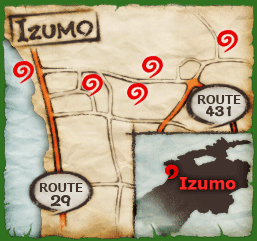
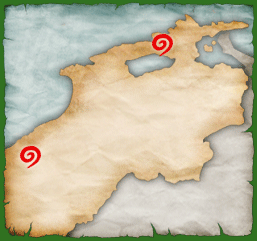
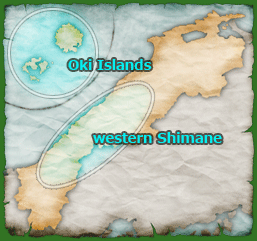
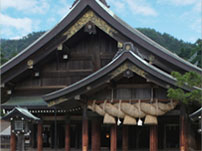
Izumo Taisha
195 Kizukihigashi, Taisha-cho, Izumo City, Shimane
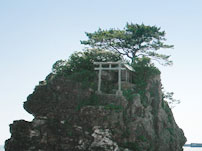
Inasa-no-Hama
Kizukikita, Taisha-cho, Izumo City, Shimane
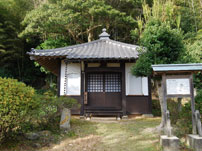
Renga-an
292 Kizukihigashi, Taisha-cho, Izumo City, Shiman
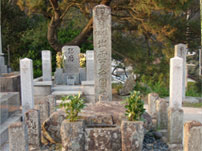
Izumo-no-Okuni’s grave
2529 Kizukikita, Taisha-cho, Izumo City, Shimane
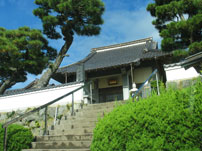
Anyo-ji Temple
2822 Karinomiya, Kizukikita, Taisha-cho, Izumo City, Shimane
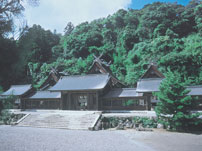
Sada Shrine
73 Sadamiyauchi, Kashima-cho, Matsue City, Shimane
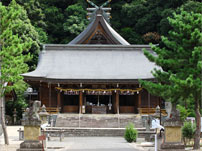
Mononobe Shrine
1545 Kawai, Kawai-cho, Oda City, Shimane













